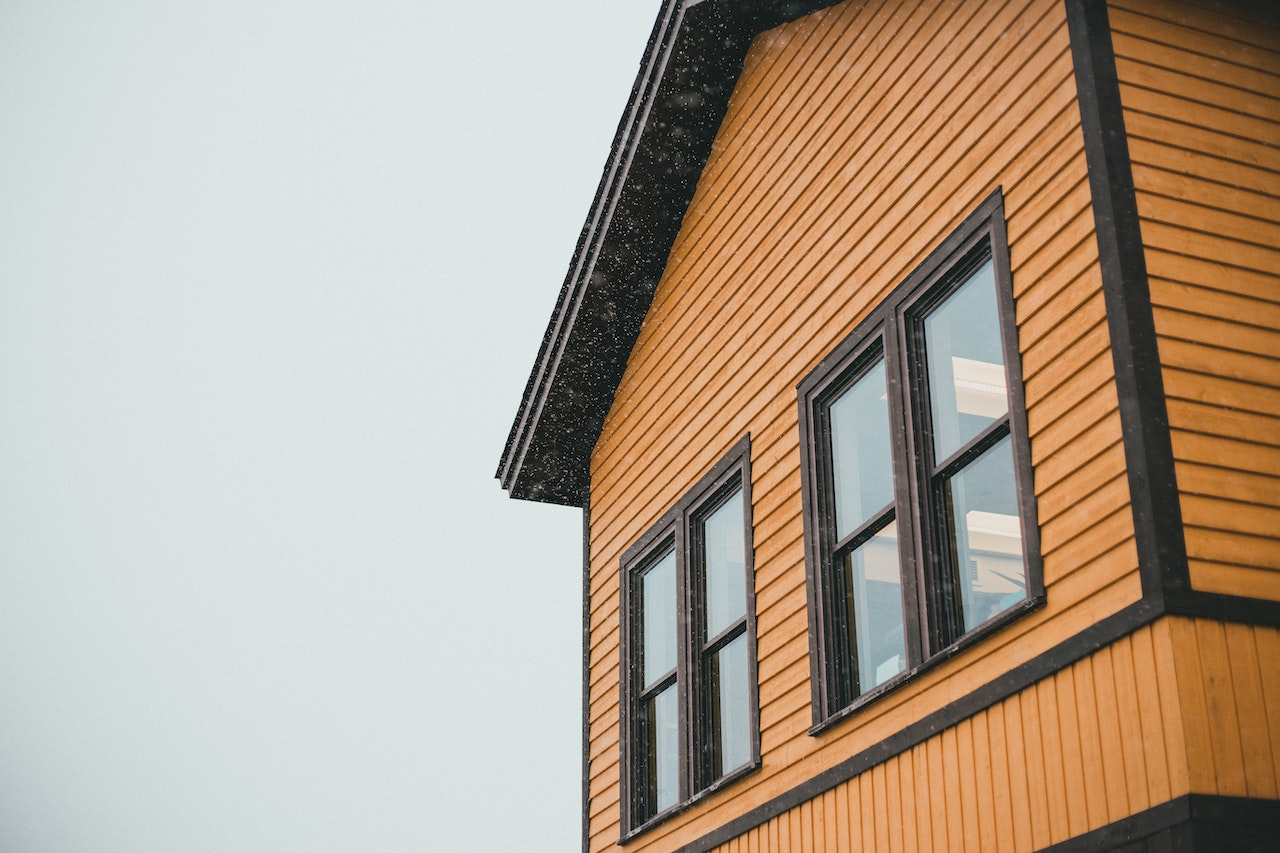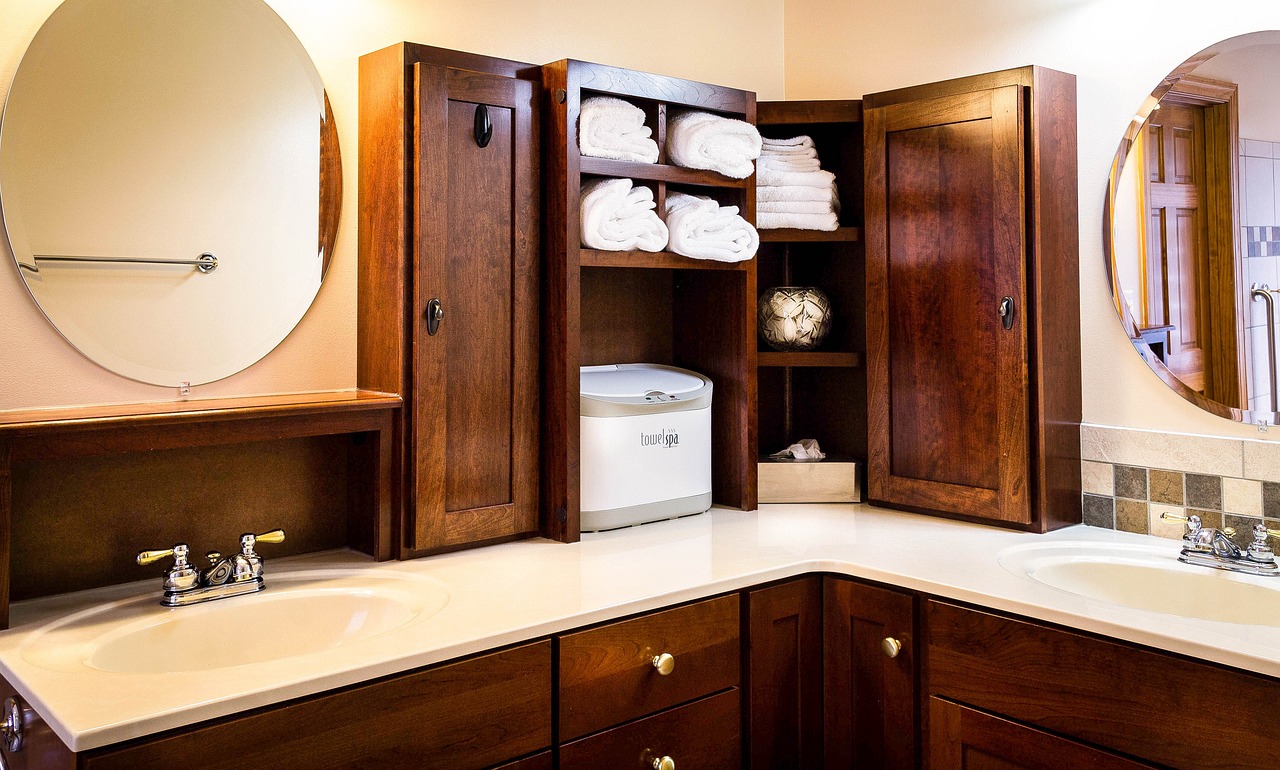Color and light are two of the most powerful tools in home décor. Together, they define the mood, shape the perception of space, and bring energy or calmness to a room. When thoughtfully combined, they can turn an ordinary space into a personal sanctuary that reflects both beauty and emotion.
Color has an extraordinary ability to influence how we feel. Warm shades like terracotta, mustard, and coral evoke comfort, passion, and vitality, making them perfect for living and dining areas where people gather. Cool tones such as blue, green, and lavender bring peace and balance, ideal for bedrooms and study zones. Neutral palettes—creams, greys, and soft whites—create timeless backdrops that allow furniture, artwork, and textures to stand out. The secret lies in balance: too many bright tones can overwhelm, while too many neutrals can feel flat without accent hues or texture.
Beyond personal preference, color psychology plays an essential role. Soft blues can make a small room feel larger, while darker tones like charcoal or navy add intimacy to spacious areas. Accent walls or colorful décor elements—like cushions, rugs, or curtains—can introduce vibrancy without overpowering the overall aesthetic. Even a single piece of colorful art can transform a plain wall into a captivating focal point.
Equally important, light brings color to life. The way natural and artificial lighting interacts with color can completely change how a room feels throughout the day. Sunlight enhances warm tones and creates a cheerful, dynamic environment, while dim evening light makes cooler shades appear softer and cozier.
Natural light should be maximized wherever possible. Large windows, sheer curtains, and mirrors help reflect daylight and open up the space. Skylights or glass partitions can further enhance brightness in darker corners. Artificial lighting, meanwhile, adds structure and ambiance. A layered lighting approach—combining ambient, task, and accent lighting—ensures both practicality and mood control. Warm white light feels inviting in living spaces, while cool white enhances focus in work areas.
The harmony between color and light defines the overall atmosphere. A soft beige wall under golden light feels comforting, while the same color under cooler lighting might appear crisp and modern. Homeowners should experiment with lighting temperatures and color combinations to find what feels right for their lifestyle.
In the end, color and light are more than decorative choices—they shape how we experience our surroundings. When used thoughtfully, they bring balance, depth, and emotional warmth to a home, making every moment spent within its walls truly radiant.


